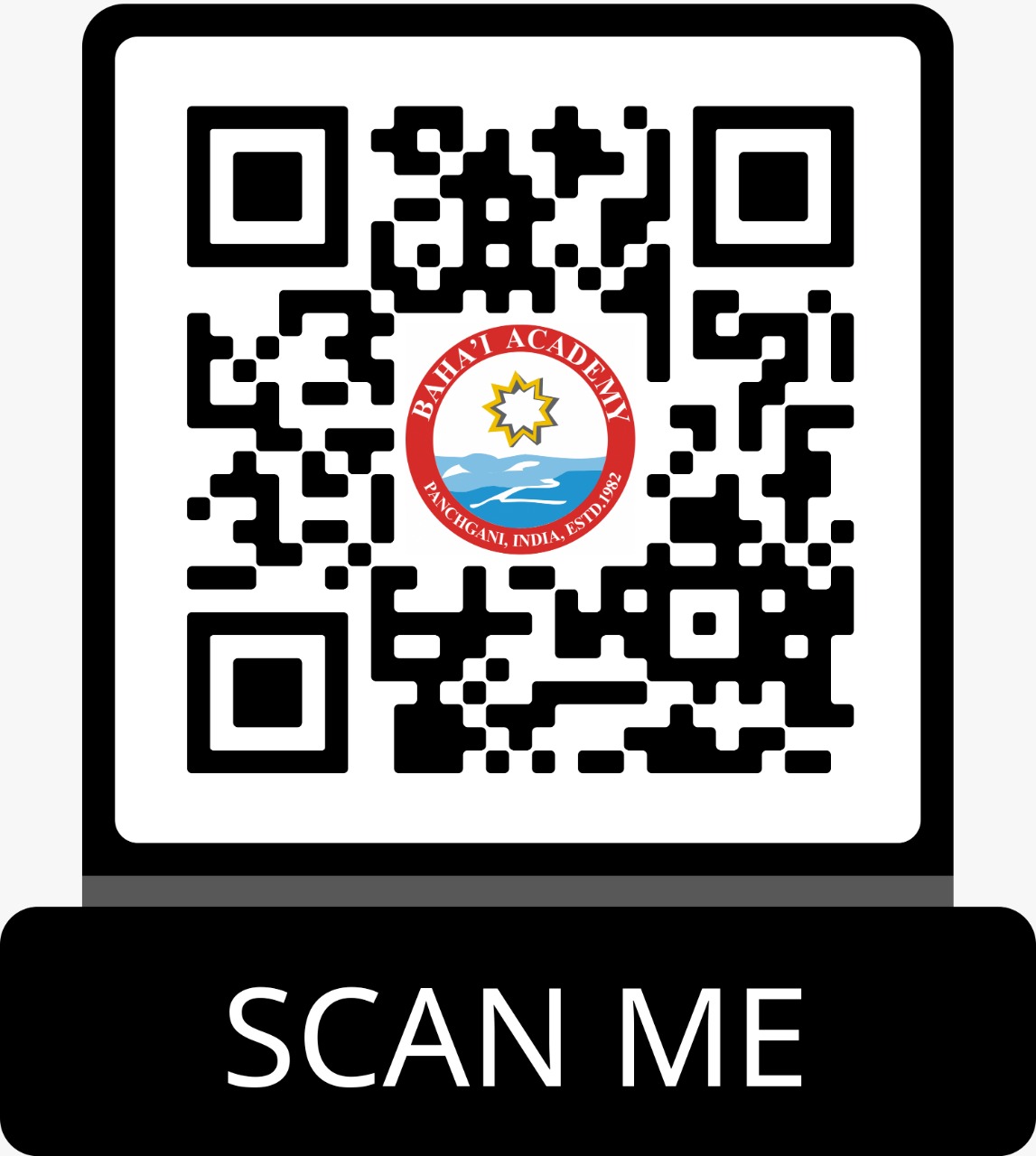To "plagiarize" means to steal and convey the ideas or words of other persons as your own, without giving credit to the source, It also means to present an idea or research as new and original while the idea is derived from an earlier work carried out by someone else. When research students or teachers are drafting their research manuscripts, they refer to the previously published works. But sometimes unknowingly or inadvertently they end up plagiarising the content. Plagiarism is considered as a serious misconduct. It is necessary that the students/ researchers know about the serious consequences of plagiarising the contents. Most cases of plagiarism can be avoided by simply acknowledging the source and citing the reference. Therefore it is very important that the students understand what is plagiarism and types of plagiarism, what are the consequences and how to avoid plagiarism. (Enago Academy Team, n.d.)









